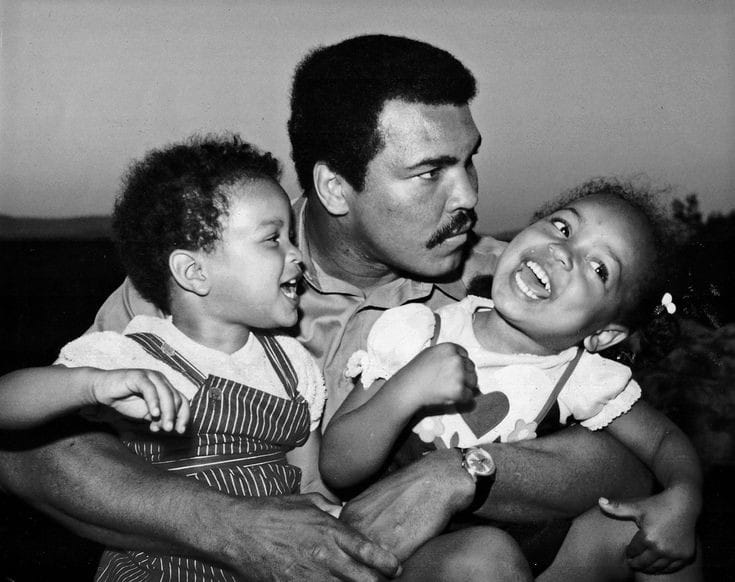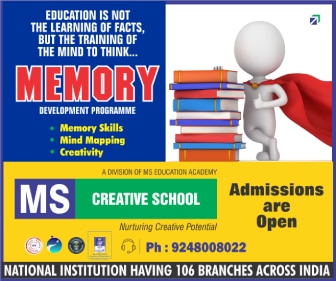[ad_1]
The Greatest was a name that Muhammad Ali gave to himself back in the days when he was a youthful and arrogant boxing world champion. Over the years he mellowed and matured as a human being but the people continued to call him The Greatest. They accepted the fact that there was nobody like him because he had several unique qualities that he had displayed both inside and outside the boxing ring.
For one thing, he was a man of great courage. That is not unusual because every boxer has to have courage. But Ali’s courage went far beyond the confines of a boxing ring. Imagine how much guts it needed for any man to take on the world’s most powerful government and openly say that he disagreed with the government’s policies. Very few sportsmen can do it. These words and this attitude coming from a black man made the whites furious. The US government too was determined to use its muscle against this rebellious black sportsman.
The US administration manipulated the rules and saw to it that Ali was stripped of his boxing title and sent to jail. But Ali refused to bow down before this tyranny. For five years he fought a lonely battle in the courts before finally winning his bout. Like he had knocked out his boxing rivals, he also knocked out the government of the USA. Then he climbed back into the ring to reclaim the crown that they had taken away from him.

His daughter Hana Ali has written a book wherein she has portrayed a side of the champ that was never visible to the public eye. What was Ali like a father and a husband?

She writes that Ali had a sweet tooth and would often come home with a huge bag of sweets. Popsicles were his favourites. He and his children would devour these sweets in no time. It was only when he had a competition coming up that Ali would force himself to live without sweets. Two or three months before the competition, he would stop eating sweets as he went into practice mode.
Ali was a very popular person and had a huge number of friends who would often drop in at his house. Many of them were well-known Hollywood celebrities. They included actors John Travolta, Sylvester Stallone, Clint Eastwood, Will Smith, singers Kris Kristofferson and Lionel Richie, and many others. There was not even a single day when Ali’s home did not have a visitor.
On top of that Ali would make new friends almost every day. As a way to pass the time, he would take the telephone directory and call any random number listed there. The person at the other end would pick up the phone and Ali would wish him good morning. The other person would be surprised and ask who was calling. To which Ali would reply that he was the world champion!
The other man wouldn’t believe it until Ali began reciting his rhymes in his well-known voice. He would convince the man that it was indeed Ali. It would be a telephone call that the unknown person would remember all his life. No wonder then that Ali was loved ardently by people from all classes. People in distant corners of the globe may not know who the President of the USA or Russia was, but they knew who Muhammad Ali was.
Once, when he was a young and proud man, he was traveling on a flight but he refused to wear a seat belt. When the air hostess instructed him to do so, he replied: “Superman doesn’t need a seat belt.” She retorted: “The real Superman doesn’t need an airplane to fly.” That quick repartee brought Ali to his senses and he quietly buckled on the belt.
Ali visited India twice. On one occasion he was invited to give away awards at a Bollywood function. He met Amitabh Bachchan, Rekha and several actors and directors.
Another time he made a trip to India and met Prime Minister Indira Gandhi. He has already heard about the Indian Prime Minister and was her admirer. He told her: “You are the Greatest.” He also took the liberty of hugging her and planting a loud kiss on her cheek. Mrs. Gandhi was unused to such impetuous greetings and she blushed deeply. But she managed to retain her smile and welcomed the champ to India.
But in later life, the dreaded Parkinson’s disease fastened Ali in its deadly grasp. This proved to be a fight that Ali could not win. He eventually succumbed on 3rd June 2016. His daughter has described the circumstances of his passing. “Daddy went to sleep in the afternoon like he always did. But at some point, his stressed-out organs began to fail and thereafter he awoke in heaven.”
After he passed away, the Janazah (the last prayer of a departed soul on earth) congregation was attended by several VIPs including Turkish President Erdogan. Politicians such as Barack Obama, Hilary and Bill Clinton, Donald Trump and former UK Prime Minister David Cameron all paid rich tributes. His numerous fans and friends including Hollywood actor Will Smith, boxers Lennox Lewis, Larry Holmes and Mike Tyson laid him to rest. Ali’s memorial was watched by an estimated 1 billion television viewers worldwide. It was truly the end of a glorious era.
[ad_2]
#Muhammad #Ali #Greatest #boxing #abundance #unique #traits
( With inputs from www.siasat.com )







